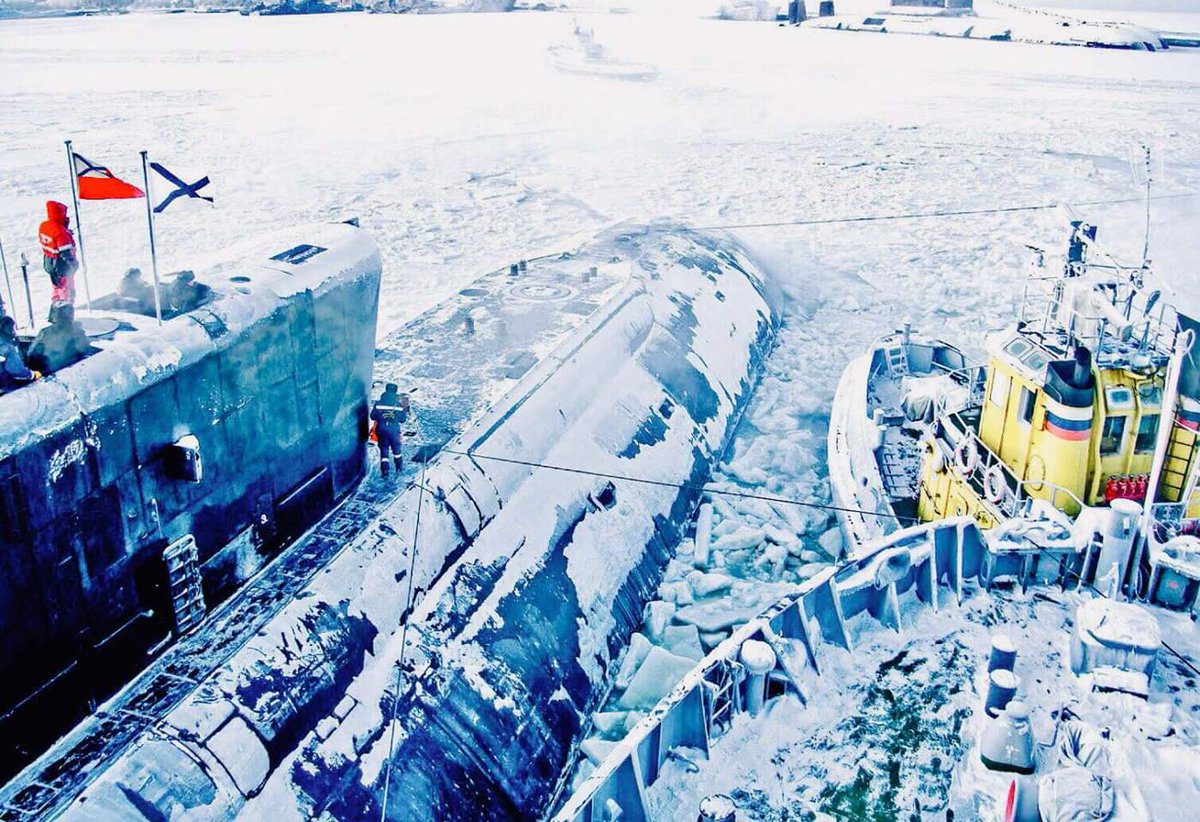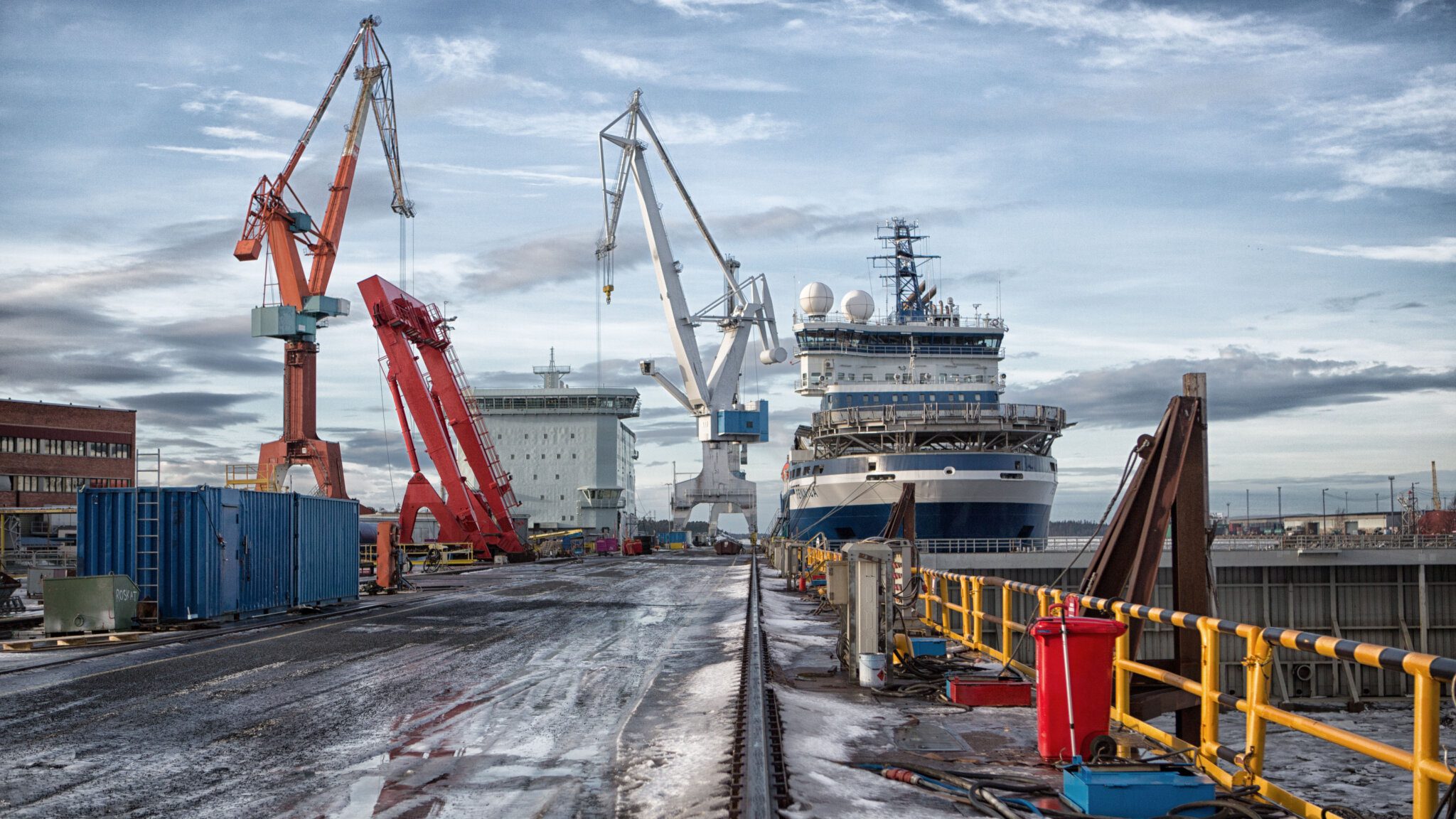Russia plans to significantly increase and modernize the firepower of its Arctic-based submarine fleet.
Before the end of the decade three additional Borei-class nuclear submarines will join the country’s Northern Fleet, headquartered near Murmansk. The 170m-long and 13.5m-wide vessels can be equipped with up to 16 Bulava ballistic missiles, forming part of Russia’s strategic deterrent and second-strike capability. The class was first commissioned in 2013, with seven vessels currently in service.
The expansion plans will also add another three nuclear-powered fast attack Yasen-class vessels. Constructed after the fall of the Soviet Union, the first vessel of the type entered into service in 2013. With a complement of Onyx, Caliber, and Zircon cruise missiles, some of which are nuclear capable, and speeds up to 28 knots in silent running, the Yasen-class submarines are designed to track and attack enemy surface vessels.
The expansion of Russia’s submarine capabilities continues the rebuilding and modernization of its Northern Fleet and militarization of its Arctic region. Over the past decade the country has invested heavily in the redevelopment of existing military installations and construction of new facilities.
Across its 14,000 mile-long Arctic mainland coastline and archipelagos it now operates at least a dozen bases, including three modern trey-foil shaped complexes at Ushakovskoye Base, Nagurskoye Air Base, and Temp Air Base.
It also extended existing runways to accommodate heavy nuclear-capable bombers and converted a number of seasonal gravel strips into full-fledged paved airfields. During the summer of 2024 it finished upgrades to the runway at the Temp Air Base on Kotelny Island.
The Northern Fleet has also received the first of several combat icebreakers and ice-class patrol vessels. Two armed icebreaking vessels designed to patrol Russia’s Arctic and Exclusive Economic Zone, are on schedule to join the Fleet in 2025 and 2026.
With a displacement of 8,500 tons the Project 23550 vessels compare in size and capability to Arctic offshore patrol vessels in Norway and Denmark. It also operates several traditional icebreaker designs including Project 21180 and the slightly smaller Project 21180M. One vessel from each series has been commissioned, with a second Project 21180M icebreaker to follow in 2027.

 Join The Club
Join The Club











